Since the murder of George Floyd on May 26, protests in Minneapolis have ignited a global uprising not only in major cities across the United States and globally, but also in small towns from coast to coast. These small towns — some that have not seen any kind of protest in years or even decades —have become activated, now mobilizing to hold marches, vigils, sit-ins and other forms of direct action. Some of these protests, though small and peaceful, have also been harassed and brutalized by the police. Some were called by Black organizers in majority white towns, many were organized by teenagers and students, some brought out dozens while others brought out thousands — but all of them demonstrate the power of this growing movement.
Liberation News reporters have been on the ground in both the big cities and the small towns across the United States, finding a history of police terror and violence in all of them and getting the people’s side of the story.
East Coast small towns see unprecedented mobilizations
In New Hampshire, a state that rarely sees actions of more than a few dozen or a few hundred at most, protests have ranged in size and location from a handful of people holding signs in small towns such as Newmarket, to almost 2,000 in Dover, 2,000 in Manchester and 4,000 in Portsmouth. Some demonstrations demanded justice for Jeffery Pendelton, a local labor and housing organizer who in 2016 was found “mysteriously” dead in a Valley St. Prison cell — not unlike Sandra Bland — and for Jean Ronald St. Preaux, who was pulled out of his car by his dreadlocks and tased by New Hampshire State Troopers on May 20.
The movement has seen support in unlikely areas of New Hampshire as well, with protesters marching in Laconia, a conservative stronghold in the state, and Chester, a town with only one stoplight and a population of less than 5,000. Chester is also 97.97 percent white.
Geneva, New York, a small city of roughly 12,000 residents, has seen daily protests. On June 4 hundreds endured intermittent downpours to walk through the city chanting “rain won’t stop us!” In Rochester, New York, a sit-in in front of a municipal building and a Black Lives Matter protest action were attacked by police using tear gas and pepperballs. The police claimed they were protecting local businesses from looters, outside agitators, and anarchists.
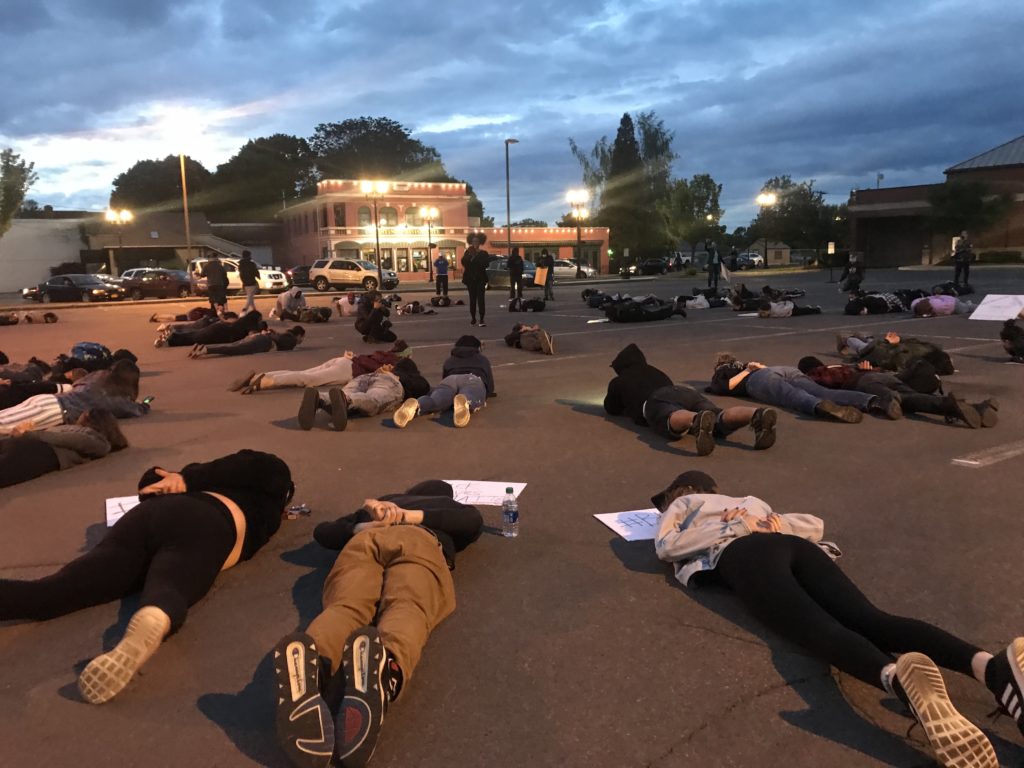
A June 6 march in Rochester followed the convergence of two large rallies. For nearly four hours, protesters took major commercial streets, sitting at intersections for eight minutes and 46 seconds of silence, reading lists of demands that included Defund and demilitarize the police as well as cancel the rents, and singing “Whose side are you on”? Organizer Adrian Elim said in an opening speech, “If we defund the police, we could pay everybody’s rent.”
On June 1, about a thousand people assembled and marched in Potsdam, New York, a village of about 9,000 near the Canadian border. Afterward, protestors rallied outside of the town’s post office and listened to the testimonies of Black Potsdam residents. “Never had I imagined there would be a crowd like this to turn out on these issues,” said John Youngblood, a SUNY Potsdam professor who had once been the target of racist and homophobic death threats.
Protests across North Carolina threatened by both police and far-right militias
Protesters in Greensboro, North Carolina occupied both sides of highway I-40 and other major roads on May 30. Greensboro was the site of the 1979 Greensboro Massacre where local police, the FBI, the Ku Klux Klan, and the American Nazi Party directly worked together to murder five communist antiracist organizers with the Communist Workers Party.
The protests continued that night in downtown Greensboro, and escalated when the police force arrived in full riot gear. A silver civilian SUV charged through a crowd of people, and the police force began to pepper spray and harass the remaining protestors. More recently, fully armed white supremacist fascists have been seen in the downtown area threatening protesters while receiving no repercussions from local police. As of June 1st there have been multiple accounts of police firing rubber bullets at protestors and deploying tear gas, and an 8pm curfew has been implemented.
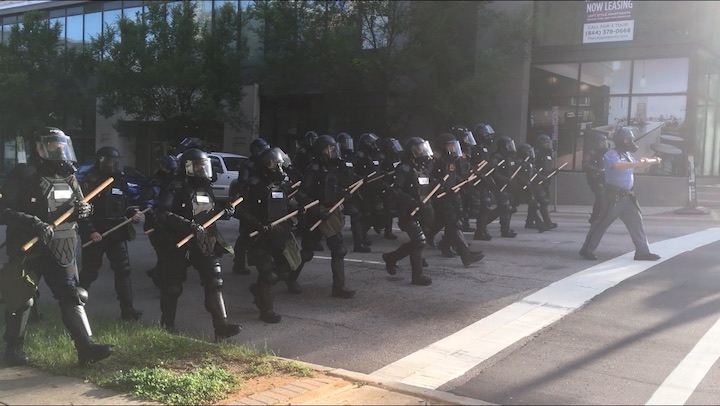
Durham, North Carolina is no stranger to killer cops and police terror. In September 2018, DeAndre Ballard, a student at the historically black NC Central University was murdered by a security guard. Durham PD waited three days to tell the family, and no charges were ever brought against the killer. In March of 2020, Ondrae Levado Hutchinson was gunned down by police, and Durham PD rallied around the killer cops and defended their actions. On Saturday May 30, about 200 protesters marched through Durham to the police headquarters — a building that cost 71.3 million dollars to build in 2018 — and on Monday June 1 over 1,000 shut down Highway 147 while others dropped a banner from the pedestrian bridge.
On Sat. May 30th a massive protest began at the Wake County Justice Center in downtown Raleigh, the capital of North Carolina, and the site of the police shooting of Javier Torres in March and of Soheil Mojarrad a year ago. When the protest was winding down and spreading out, police filled the streets with tear gas and pepper spray while there were dozens of young and elderly protesters still present. Mainstream local media portrayed this police escalation as a response to vandalism of buildings downtown, but in reality this building damage only started hours after the police attacked the peaceful protestors.
West Coast small towns find unexpected support
On June 6, more than 2,000 marched and rallied in Shoreline, Washington, a small city just north of Seattle. The march was led by a group of militant and determined Black youth, followed by people of all ages carrying signs. The demonstration marched from Cromwell Park to City Hall and the Police Department building, where demonstrators flowed into a park that parallels Highway 99, where some temporarily blocked the highway.
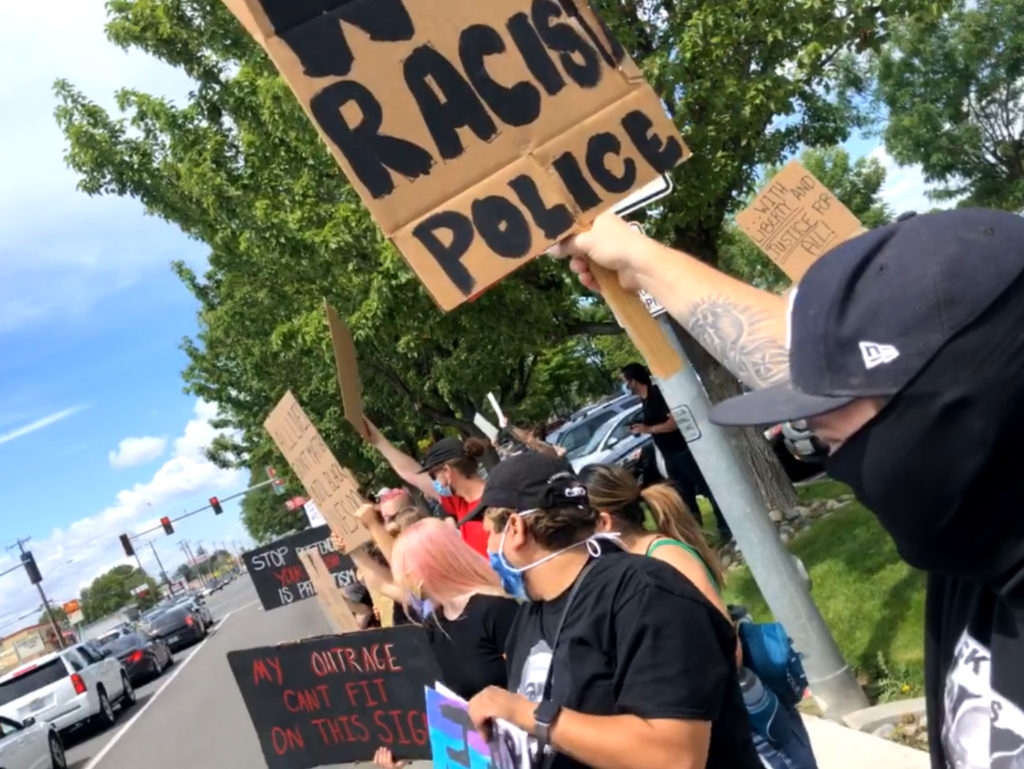
Thousands also marched the same day in Kennewick, Washington, where the protestors were not only threatened by the police presence but also by armed fascists. Yakima has seen more than a week of ongoing street corner protests of up to 200. Selah, a suburb of Yakima, held their own event the same night as a scheduled “classic car street cruise” which was expected to cause conflict. Instead, the cruise overwhelmingly showed their support for the protesters with thumbs up and honking horns. In Spokane, Washington, many Indigenous peoples’ organizations were represented at the front of the march of about 2,000, and afterwards a spontaneous block party was sparked by a street musician.
Nineteen arrested in Athens, Georgia
A protest of over 2,000 in Athens, Georgia organized by local Black activists was violently suppressed by police and National Guard, and was attended by five heavily armed members of the Boogaloo, a far-right militia group. The group told the local media that they were at the rally to protect private property from demonstrators.
Athens-Clarke Assistant Manager Deborah Lonon granted a request from the Athens-Clarke County Chief of Police, Cleveland Spruill, to issue a “Declaration of a Local State of Emergency” which enacted a downtown curfew between 9:00pm on May 31 and 5:00am June 1. This curfew gave the ACCPD and National Guard the green light to use tear gas on the remaining peaceful protesters. The ACCPD stated that most of the tear-gassed demonstrators were members of the Boogaloo but by all accounts from local demonstrators, the armed Boogaloos had left hours before.
Police chief Spruill admitted that “bean bag” rounds were also used by the ACCPD. Despite the inauspicious language, bean bags are “pillows” filled with lead shot and fired from a regular 12-gauge shotgun. Bean bag rounds can cause serious injury and even death. Several protesters were hit, including one recent graduate of the University of Georgia who was shot twice in the leg, requiring him to use crutches.
A total of 19 protesters were arrested. Liberation News spoke to one of the demonstrators who was arrested, Kyle Demartino. He stated that the protesters were sitting at one of intersections in Downtown Athens with their arms locked when they were surrounded by the police. The national guard and police continually fired tear gas at the protesters despite committing no violence or property damage and remaining in a non-aggressive and clearly defensive position.
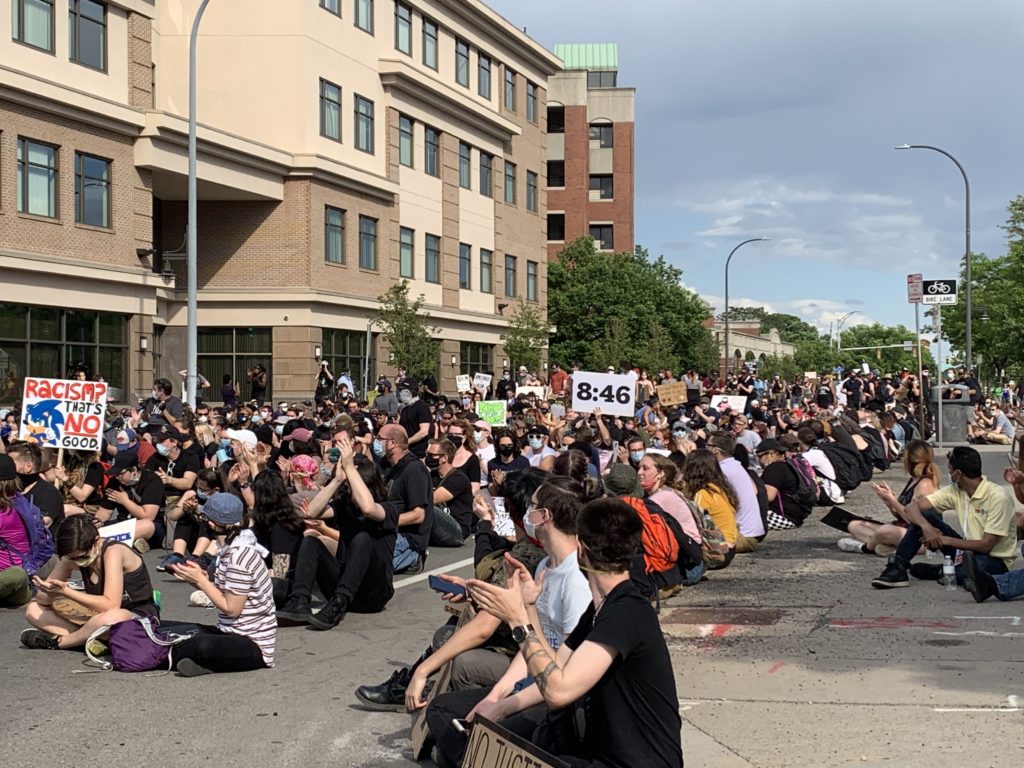
The demonstrators who were arrested were not given any information about the arrest nor allowed a phone call until at least 10 hours later. Twenty people were kept in a cell the size of 7’x14’, and most were not wearing masks. The toilet was clogged and there was no toilet paper nor soap. These conditions would be horrible under any circumstances, but particularly dangerous and even deadly in the middle of the COVID-19 pandemic. The protesters were finally bailed out by a local organization named Mutual Aid Athens.
“This just proved to me how disconnected law enforcement is to the movement that we participated in,” Demartino stated. “They showed no sympathy and it appeared that they took pleasure in keeping us in that cell for as long as they could. They found joy in arresting us for peacefully protesting their own injustice.”
As a result of the excess use of force, local activists and organizers have centered on several demands: issue a formal apology, drop all charges against protesters, defund the police, and ban the use of tear gas by the ACCPD.
No city or town in the United States is free from police terror
On June 8, nearly 400 people donned masks and packed the Milford Town Green in Milford, Connecticut. “It is our right for these protests to continue and to force the police out. It is obvious that they do not work for the community,” Kira Ortoleva told the crowd. She lost a close friend, Mubarak Soulemane, who was murdered by a state police officer on January 15. Since then, she has led an effort to have the officer who killed her friend charged. “To the mayors:” she thundered. “You will be fired if you do not enact change.”
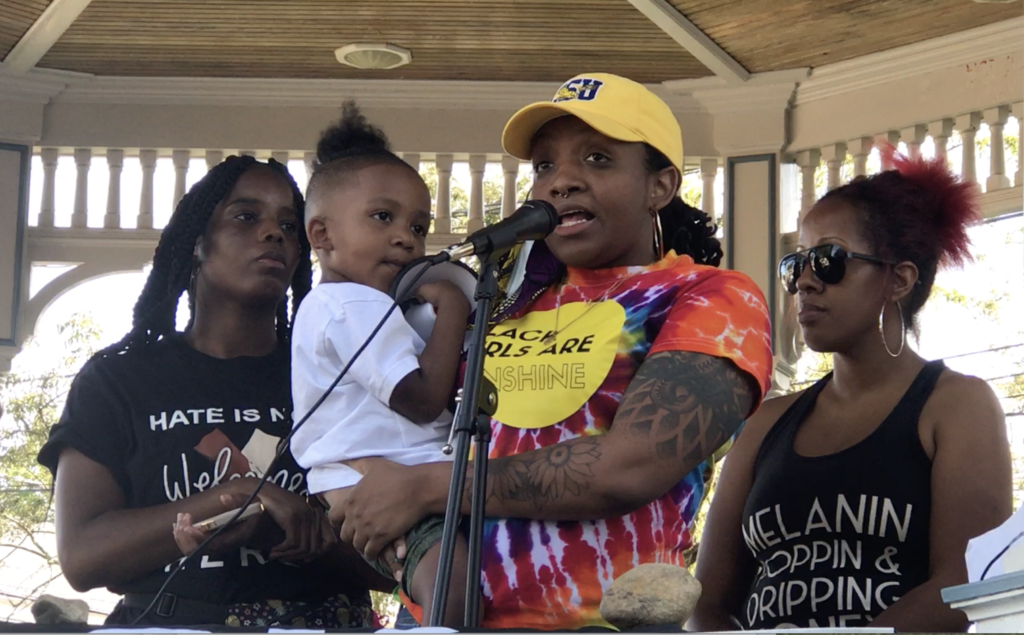
According to U.S. Census data, Milford’s population is an estimated 93 percent white to nearly two percent Black. “In my sophomore year peers held white power sign at a pep rally,” Zoe Pringle recalled. She grew up in Milford and attended school in the city. “Don’t think just because here in Milford it isn’t as overt, that it doesn’t exist.”




